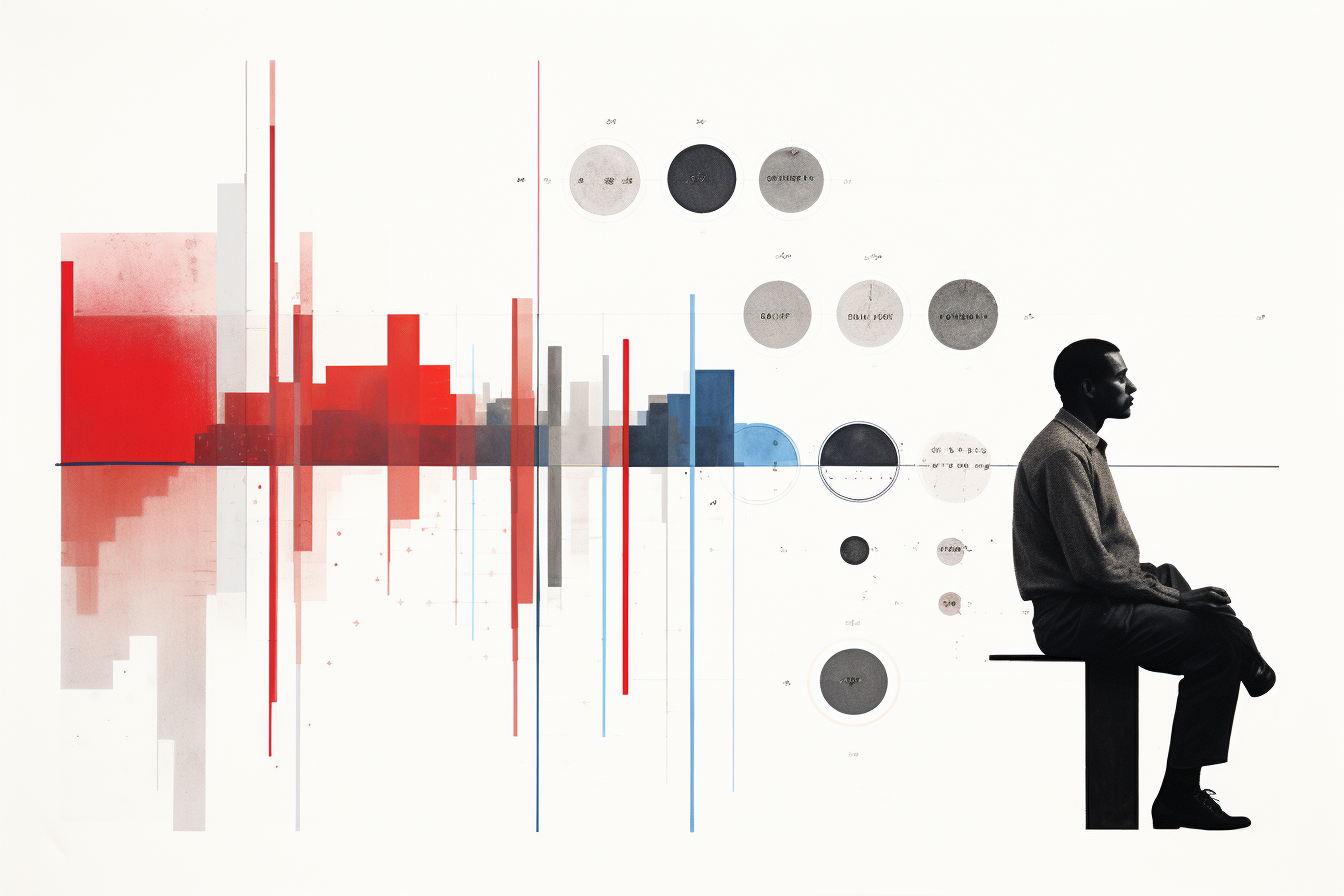What is a longitudinal study?
To understand a longitudinal study, let's start with a simple
survey as an example. Determining the popularity of a particular product or service at a specific point in time can simply be a matter of collecting and analyzing
survey responses from a certain number of people within a population. The qualitative and quantitative data collected from these surveys can tell you what people think at the moment those surveys were conducted. This is what is known as a
cross-sectional study.
Now imagine the product that you're trying to assess is seasonal like a brand of ice cream or hot chocolate. What's popular in summer may not be popular in winter, and trends come and go as competing products enter the market. In this context, the one survey that was conducted is merely a snapshot of a moving phenomenon at a single point in time.
In a longitudinal study design, that same survey will be distributed to the same group of people at different time intervals (e.g., twice a year or once a month) to allow researchers to see if there are any changes. Perhaps there is an ice cream that is as popular in the winter as it is in the summer, which may be worth identifying to expand profitability. A longitudinal study would thus be useful to explore this question.
Longitudinal research isn't conducted simply for the sake of being able to say research was conducted over a extended period of time. A longitudinal analysis
collects data at different points in time to observe changes in the characteristics of the object of inquiry. Ultimately, collecting data for a longitudinal study can help identify cause-and-effect relationships that cannot otherwise be perceived in discrete or cross-sectional studies.

